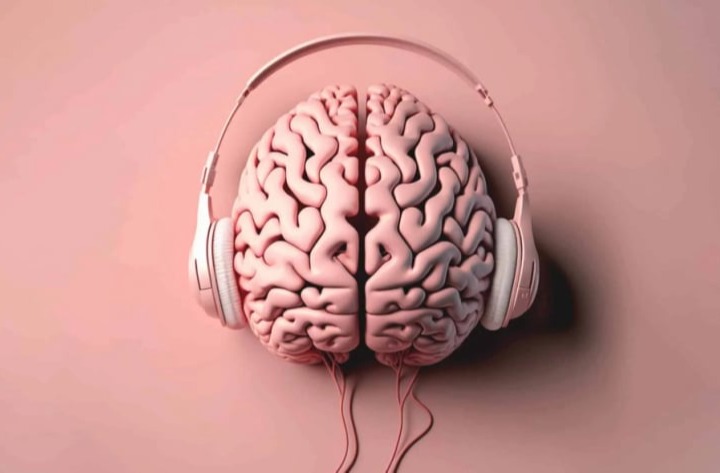
The Psychology of Music: Why Certain Songs Give You Chills
Have you ever listened to a song and felt a sudden wave of chills down your spine? This phenomenon, known as frisson, is more than just a fleeting reaction—it’s a fascinating interplay of neuroscience, emotion, and memory. Studies show that about 55-86% of people experience these musical goosebumps, often triggered by unexpected harmonies, soaring vocals, or deeply personal lyrics. But why does this happen, and what does it reveal about our brains?
One theory suggests that frisson is linked to dopamine release, the same chemical responsible for pleasure during eating or social bonding. When a song surprises us—say, with a sudden key change or an emotional crescendo—our brain rewards us with a rush of euphoria. Functional MRI scans reveal that during these moments, the nucleus accumbens (the brain’s "reward center") lights up, much like it does during other peak experiences.
Another angle ties frisson to evolutionary psychology. Some researchers argue that humans developed heightened emotional responses to music as a way to strengthen social cohesion. In ancestral tribes, collective singing and rhythmic sounds may have fostered trust and unity, making those who felt music deeply more likely to survive in groups. This could explain why communal experiences, like live concerts, amplify frisson even further.
Interestingly, personality traits also play a role. Studies find that people who score high in openness to experience (a trait tied to creativity and curiosity) report more frequent frisson. Similarly, those with strong emotional empathy often feel chills when listening to music that tells a story or conveys raw vulnerability, like Adele’s "Someone Like You" or Hans Zimmer’s film scores.
But what about nostalgia? Familiar songs—especially those tied to pivotal life moments—can trigger frisson through memory association. The brain’s hippocampus links music to past emotions, so a track from your teenage years might hit harder than a new release. This is why cover songs or throwback playlists can be so powerful—they’re time machines in melody form.
For musicians, understanding frisson is a tool for crafting unforgettable music. Artists like Radiohead and Sigur Rós use dynamic shifts, minor chords, and delayed resolutions to create tension and release, maximizing emotional impact. Even pop producers employ "ear candy"—subtle sonic details like layered harmonies or unexpected percussion—to keep listeners hooked.
Ultimately, frisson reminds us that music isn’t just entertainment; it’s a biological dialogue between sound and soul. Whether it’s a classical symphony or a hip-hop verse, the right song can bypass logic and speak directly to our nervous system. So next time you get chills, lean in—you’re witnessing the magic of human wiring.